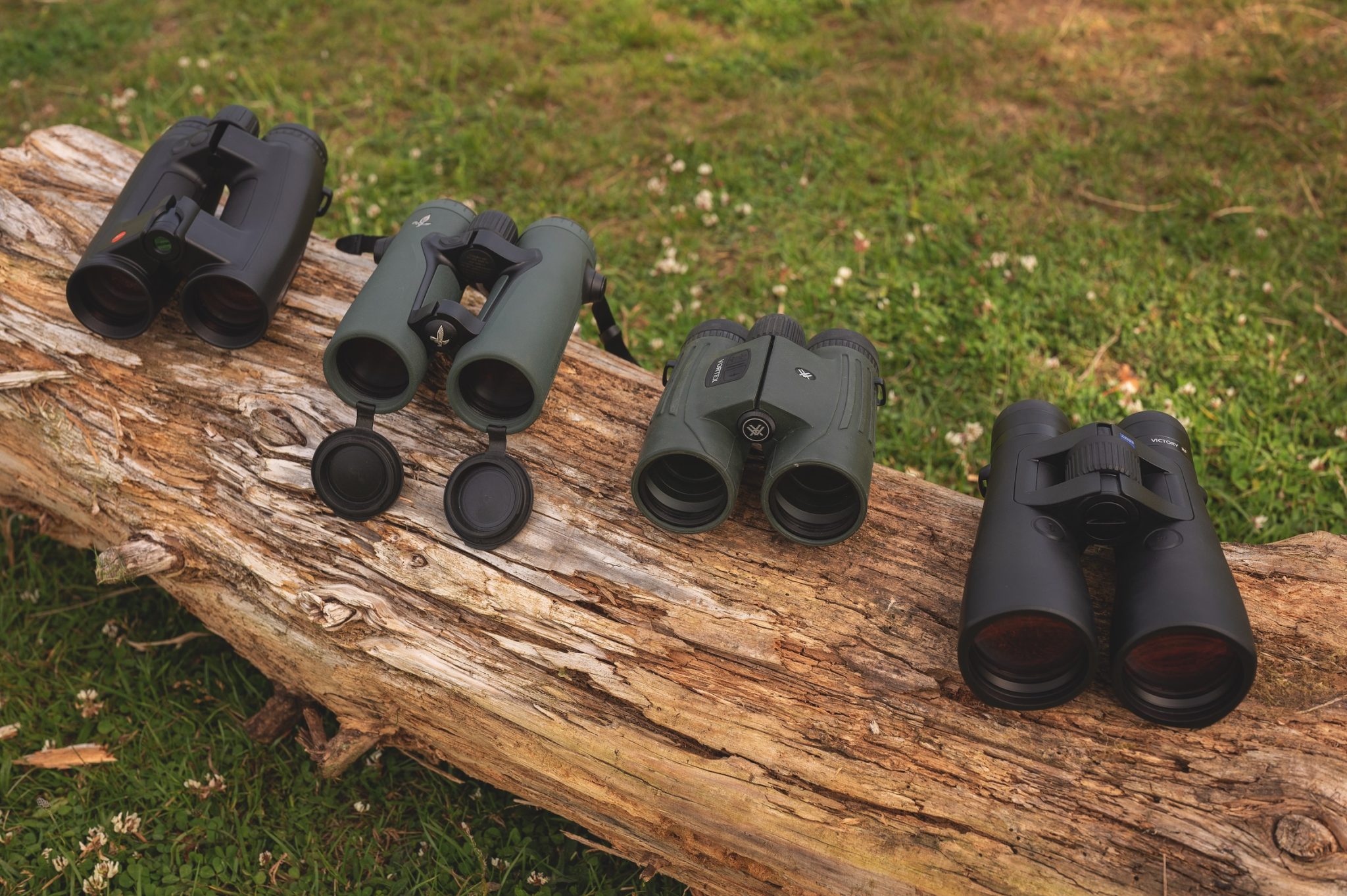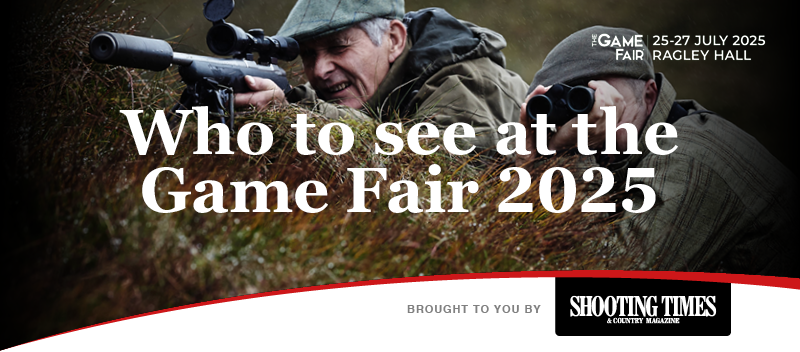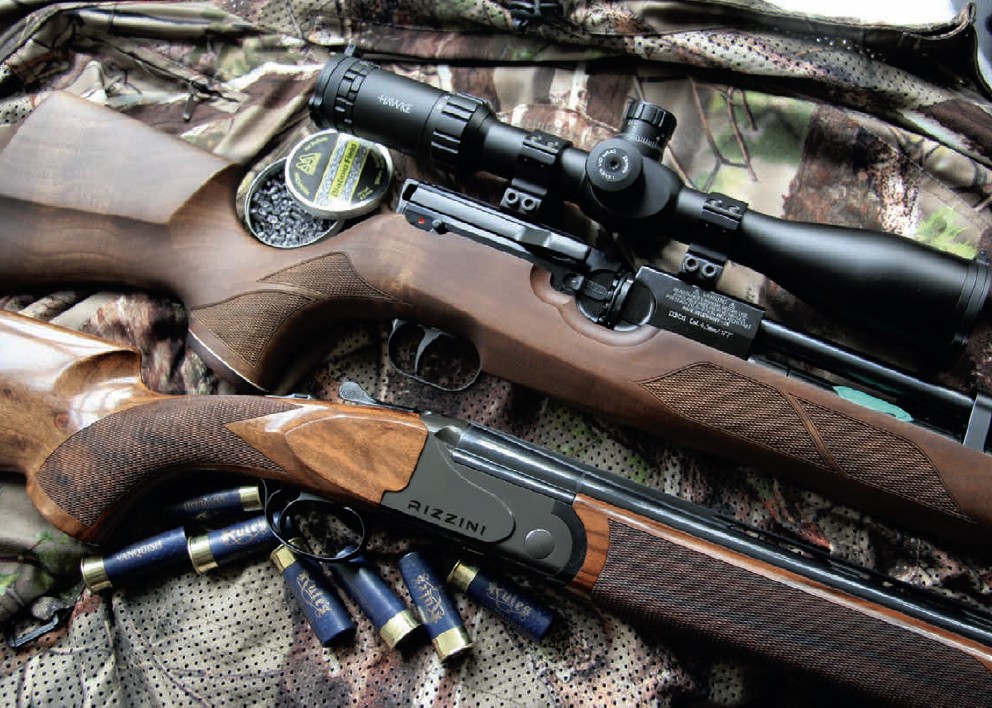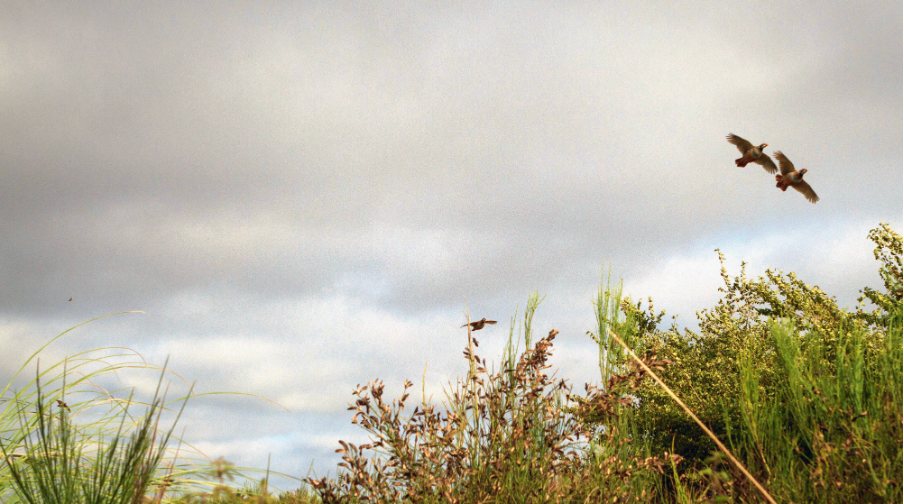Uncategorized
The Best Rangefinder Binoculars for Stalking
A laser rangefinder in your binos is a major advantage, says Mark Ripley, who suggests four tried-and-tested units
Would you like to speak to our readers? We offer sponsored articles and advertising to put you in front of our audience. Find out more.
A quality riflescope gets much attention – but for the deerstalker, it’s the binoculars that do most of the work. For those who prefer traditional stalking methods without thermal imaging, investing in a high-performance set of binoculars is essential.
In this review, I’ve tested four outstanding rangefinder binoculars from Swarovski, Zeiss, Leica and Vortex – all of which bring speed, clarity and precision to your next stalk.
Why Rangefinder Binoculars Matter
Rangefinding binos combine two vital tools – high-quality glass and laser distance measuring – into one compact unit. You’ll spend 90% of your time scanning through binoculars, not your scope, so investing in the right kit pays off.
Even with thermal spotters gaining popularity, optical clarity remains unmatched for identifying quarry or judging cull suitability in low light. For this reason, many stalkers carry both, using thermal to detect heat and glass to confirm.
Swarovski Optik EL Range 10×42 with Tracking Assist
Swarovski Optik delivers premium performance in a deceptively traditional design. The EL Range binoculars are indistinguishable from their non-rangefinding counterparts, making them easy to carry and operate.
- Range: 10m to 1,375m
- Tracking Assist via Bluetooth & mobile app
- Crystal-clear image quality
- Ideal for selecting cull animals in low light
The integrated Tracking Assist function is a standout. It connects via Bluetooth to your phone, mapping your last three measured points. The Swarovski EL Range is truly a top-tier choice for serious deerstalkers.
Leica Geovid 3200.COM 10×42
The Leica Geovid 3200.COM may appear bulky at first, but its ergonomic, curved design balances beautifully in hand. Compatible with Kestrel ballistics meters, this model suits the tech-savvy stalker.
- Range: 10m to 2,950m
- Ballistics, temperature and angle readings
- Exceptional glass for low light
This unit may overwhelm beginners with its features, but it’s a formidable tool for experienced users who demand accuracy. I’ve had my Geovids for years, and they’ve delivered ±1m accuracy over countless stalks.
Zeiss Victory RF 10×54
Zeiss brings legendary clarity and excellent low-light performance in the 10×54 Victory RF. These are perfect for twilight or woodland conditions.
- Field range: up to 900m on live quarry
- Scan mode for moving targets
- Water-resistant and robust
During testing, the acquisition speed impressed me, although the display was a little quick to vanish. Still, for stalking in poor light or shaded woods, this is a standout performer.
Vortex Fury HD 5000 10×42
The Vortex Fury HD 5000 packs a serious punch. It boasts the most powerful rangefinder of all the models tested – great for long-range foxers or hill stalkers.
- Max reflective range: 5,000 yards (4,572m)
- Live target range: up to 1,460m
- Scan mode and VIP warranty
The compact design fits the hand well, and the two-button system is intuitive. While slightly heavier than others, it’s a minor trade-off for the performance and warranty support that Vortex offers.
Final Thoughts
Rangefinder binoculars are more than a luxury – they’re a vital tool for anyone serious about stalking or long-range shooting. Whether you prioritise optical clarity, tech integration, or rugged reliability, one of these four will serve you well in the field.
Looking for more stalking gear reviews? Check out our guide to the best riflescopes for deer stalking.
Related articles
Uncategorized
The quest for genetic purity
Those concerned with presentation of birds and seasonal returns might be best buying in purebred Alectoris rufa from Portugal. Egg and poult producer Bryan Johnston explains
By Time Well Spent
Manage Consent
To provide the best experiences, we use technologies like cookies to store and/or access device information. Consenting to these technologies will allow us to process data such as browsing behavior or unique IDs on this site. Not consenting or withdrawing consent, may adversely affect certain features and functions.
Functional Always active
The technical storage or access is strictly necessary for the legitimate purpose of enabling the use of a specific service explicitly requested by the subscriber or user, or for the sole purpose of carrying out the transmission of a communication over an electronic communications network.
Preferences
The technical storage or access is necessary for the legitimate purpose of storing preferences that are not requested by the subscriber or user.
Statistics
The technical storage or access that is used exclusively for statistical purposes.
The technical storage or access that is used exclusively for anonymous statistical purposes. Without a subpoena, voluntary compliance on the part of your Internet Service Provider, or additional records from a third party, information stored or retrieved for this purpose alone cannot usually be used to identify you.
Marketing
The technical storage or access is required to create user profiles to send advertising, or to track the user on a website or across several websites for similar marketing purposes.




